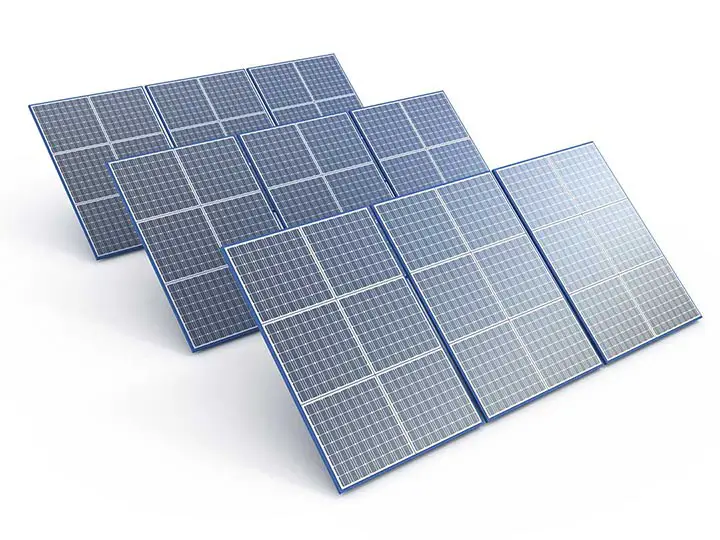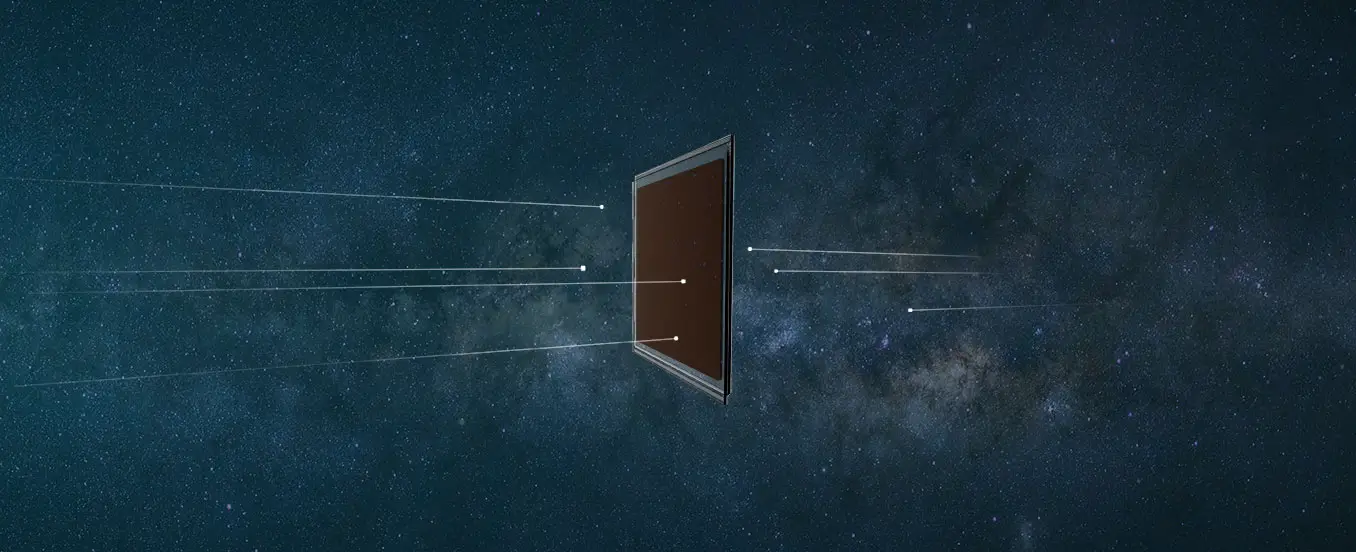Exeger, under the leadership of Giovanni Fili, has pioneered the Powerfoyle solar cells. These innovative cells efficiently convert energy from various light sources, not just sunlight. Inspired by the dark winters of Sweden, Fili expanded the potential applications of solar power.
Revolution in Indoor Solar Panels
The history of indoor solar panels started in the 1970s with devices like solar-powered calculators. Initially, these devices depended on amorphous silicon cells, which were fragile and inefficient. However, a significant leap occurred in 1988 when UC Berkeley scientists developed dye-sensitized solar cells (DSSC). These new cells were not only cost-effective and efficient but also semi-flexible and semi-transparent, thereby facilitating their commercial use.
Exeger’s Breakthrough: Powerfoyle Cells
Subsequently, Exeger co-founders Giovanni Fili and Henrik Lindström developed a groundbreaking electrode material that is 1,000 times more conductive than earlier materials. This innovation birthed the Powerfoyle solar cells. Unlike traditional panels, Powerfoyle cells do away with silver conductors and are not affected by partial shading, greatly enhancing their efficiency.
Versatility and Durability
Moreover, Powerfoyle cells can mimic surfaces such as leather, carbon fiber, wood, and brushed steel. They also boast waterproof, dustproof, and shockproof properties. This adaptability allows them to be seamlessly integrated into various products. Presently, Exeger is incorporating these cells into items like headphones, wireless speakers, and bike helmets.

Production and Market Impact
Additionally, Exeger’s facility in Stockholm, capable of producing 2.5 million square meters of solar cells annually, stands as the largest of its kind in Europe. Since opening in 2021, the company has set a goal to impact a billion people by 2030. Recognized brands like Adidas, Phillips, and potentially Apple are now adopting Powerfoyle technology.
The Future Without Batteries
Furthermore, Exeger and other startups are at the forefront of employing indoor solar panels in commercial products. This shift is gradually reducing our reliance on disposable batteries, which pose environmental hazards. For instance, Ambient Photonics has integrated its DSSC into remote controls, significantly cutting down the need for disposable batteries.
Expanding Horizons
Although Powerfoyle cells cannot yet fully power high-energy devices like laptops, they are capable of significantly extending battery life. Currently, Exeger is exploring the possibility of solar-powered tablet covers that might eventually eliminate the need for frequent charging for some users.
The Future of Light-Powered Technology
Finally, Powerfoyle technology is making users more conscious of their lighting environments, as light translates directly into power. Giovanni Fili envisions Powerfoyle as a transformative technology that could define our era. With strong support from major companies, Exeger is poised to lead the global shift towards adopting this innovative technology.
The Future of Light-Powered Technology
Powerfoyle technology is making people more aware of their light environment, as light becomes a power source. Giovanni Fili sees Powerfoyle as a defining technology of our era. With major companies backing it, Exeger is leading the global adoption of this transformative technology.



